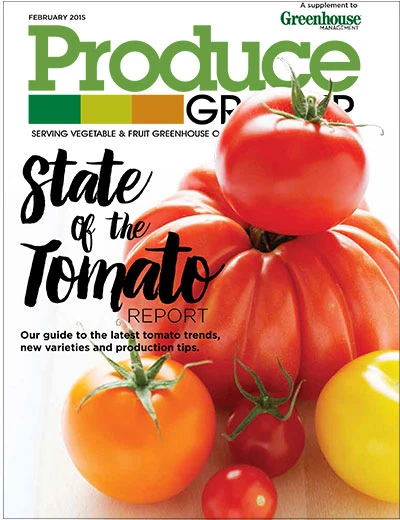
 Everyone says they want innovation in their organization, but when an ambitious employee offers it to a CEO, for example, the idea is often shot down.
Everyone says they want innovation in their organization, but when an ambitious employee offers it to a CEO, for example, the idea is often shot down.
Senior leaders often miss the value-creating potential of a new concept because they either don’t take the time to really listen and delve into it, or the innovating employee presents it the wrong way. Innovation should be presented as opportunities, not ideas. Opportunities have gravitas while ideas do not.
Use these seven steps as a template for innovation.
Intention
Once the “why” is answered, leaders have the beginnings of a legitimate roadmap to innovation’s fruition. This is no small task and requires some soul searching.
I once worked with an executive committee, and I got six different ideas for what innovation meant. One wanted new products, another focused on creative cost-cutting, and the president wanted a more innovative culture. The group needed to agree on their intent before anything else.
Infrastructure
This is where you designate who is responsible for what. It’s tough, because the average employee will not risk new responsibility and potential risk without incentive. Some companies create units specifically focused on innovation, while others try to change the company culture in order to foster innovation throughout. Creating a culture takes too long. Don’t wait for that.
Investigation
What do you know about the problem? IDEO, a consulting firm, may be the world’s premier organization for investigating innovative solutions. Suffice to say that the organization doesn’t skimp on collecting and analyzing data. At this point, data collection is crucial, whereas brainstorming often proves to be a waste of time if the participants come in with the same ideas, knowledge and opinions that they had last week with no new learning in their pockets.
Ideation
The fourth step is also the most fun and, unfortunately, is the part many companies leap to. This is dangerous because you may uncover many exciting and good ideas, but if the right context and focus aren’t provided up front, and team members cannot get on the same page, then a company is wasting its time. That is why intent must be the first step for any company seeking to increase innovation. Innovation should be viewed as a set of tools or processes, not a destination.
Identification
Here’s where the rubber meets the road on innovation. Whereas the previous step was creative, now logic and subtraction must be applied to focus on a result. Again, ideas are great, but they must be grounded in reality. An entrepreneurial attitude is required here, one that enables the winnowing of ideas, leaving only those with real value-creating potential. Innovation without the entrepreneurial mindset is fun but folly.
Infection
Does anyone care about what you’ve come up with? Will excitement spread during this infection phase? Now is the time to find out. Pilot testing, experimentation and speaking directly with potential customers begin to give you an idea of how innovative and valuable an idea is. This phase is part selling, part research and part science. If people can’t feel, touch or experience your new idea in part or whole, they probably won’t get it. This is where the innovator has a chance to re-shape his or her idea into an opportunity, mitigate risk, assess resistance and build allies for the endeavor.
Implementation/Integration
While many talk about this final phase, they often fail to address the integration part. Implementation refers to tactics that are employed to put an idea into practice. This is actually a perilous phase because the idea must first be successfully integrated with other activities in the business and aligned with strategy. An innovation, despite support from the top, can still fail if a department cannot work with it.
Neal Thornberry, Ph.D., is the founder and CEO of IMSTRAT, LLC a consulting firm that specializes in helping private and public sector organizations develop innovation strategies that create economic value by increasing an organization’s effectiveness and efficiency. He’s the author of “InnovationJudo: Disarming Roadblocks & Blockheads on the Path to Creativity.”
For more: www.NealThornberry.com.

Explore the February 2015 Issue
Check out more from this issue and find your next story to read.
Latest from Produce Grower
- Your comprehensive guide to Indoor Ag-Con ’25
- Sollum Technologies and Indoor Ag-Con announce recipients of Sollum Student Scholarship
- 80 Acres Farms expands to Georgia, Texas and Colorado
- This fast and agile robotic insect could someday aid in mechanical pollination
- AmericanHort urges exclusion of sphagnum peat moss from proposed Canadian tariff
- The Growth Industry Episode 2: Emily Showalter on how Willoway Nurseries transformed its business
- Moleaer expands irrigation product line featuring nanobubble technology
- Eden Green Technology CEO Eddy Badrina reflects on challenges, opportunities for CEA





